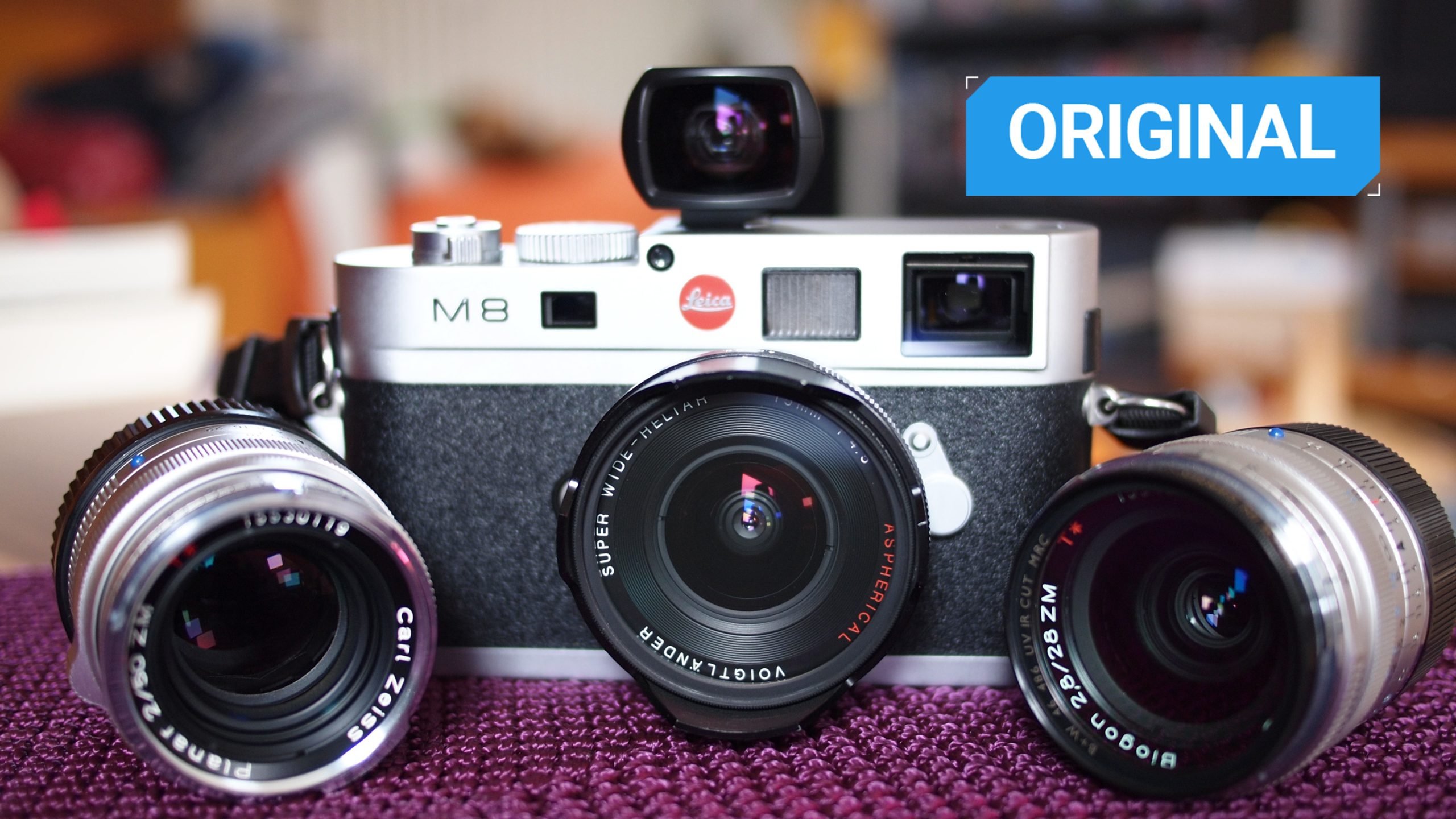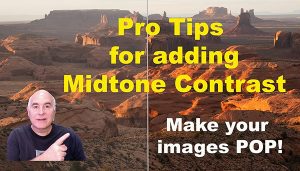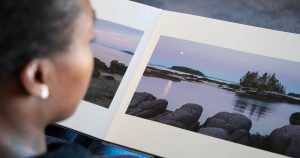
You’ve probably all heard the saying, “The best camera is the one you have with you.” And while that holds some truth there are good reasons why this sentiment is debatable. (“A camera” is better than no camera, but it definitely does not make it the best for you). Let me elaborate on that. But first, I’d like to lay out my own photographic journey. I feel like it is crucial for the point I’m trying to make with this essay.
I have enjoyed taking pictures for as long as I can remember. It was probably my grandma who instilled a fascination for it in me, she always carried a camera and documented our adventures. But it wasn’t until the mid-2000s that I began to develop a more-than-casual interest in photography.
OK, Ok, you got me. The title here makes a bold claim. It would have probably been more accurate to say The best camera for me, but hey, I wanted you to read this.
Starting out – ducks!
My first “serious” camera was a Panasonic FZ30 bridge camera that sported a versatile 35–420mm zoom lens and enough manual controls to experiment with different settings and learn how they influence the resulting images. At the time, it was the best camera for me. For two reasons: one: it was a camera I always had with me (proving the original “best camera” idea). And two: it allowed me to take the kinds of pictures I wanted to take.
However, when my son was born in 2009, the FZ30 stopped being a good camera for me. I realized that its f/2.8 lens and extremely noisy “high” ISO (which peaked at 400) just didn’t cut it for taking pictures of a toddler indoors. (Without flash, anyways) This was pretty much the catalyst for me to dive even deeper into photography, technology, and theory. I needed to find out how I to take my kid’s pictures the way I wanted to. This is how an Olympus E-P1 camera body (and a Lumix 20mm f/1.7 lens) found their way into my kit. This is also how my Micro Four Thirds journey started.
I needed more
The more pictures I took, the more I shared them, and the more I learned about photography, the more fascinated I became with this hobby. So with time, I dug deeper into the rabbit hole that is camera gear and the history of photography. In the next couple of years, I bought and sold a lot of kit. A lot. I was trying to figure out what worked for me and what didn’t. One way of doing it was to experiment with lots of cameras and brands. One of the kits I bought was a Leica M8 along with a few Voigtländer and Zeiss lenses. I tried several Micro Four Thirds models (The Panasonic G1, Olympus E-M5, native, and adapted lenses for example). And, lastly, a Sony A7, so I could use my old manual SLR lenses with a digital full-frame sensor.

The E-M5 with its in-body stabilization was particularly great for wildlife photography when paired with a long telephoto lens

When I want to ‘go serious,’ like on this recent trip to Iceland, I always take my A7 because I know it’ll provide the best image quality in any situation
And today?
This brings us to this day and to what’s left of all that gear I went through. This story is important to answer the initial question: what is the best camera (for me), and how I found it?
Wen I just started experimenting, every new camera created the same calming feeling: This one is the holy grail. It’s the best one for me. And with each camera, I eventually realized it wasn’t. Partly because the holy grail of cameras doesn’t exist, but also because I evolved during my photography journey. I learned what kinds of pictures I like to take, and I also learned what is the best gear I needed for those photos. But what’s more, I also learned what gear I enjoy. Yes Enjoy.
All of this introduction is here to make a point: The camera that is best for you is not the one you have with you, but the one you like having with you.
Because let’s be frank, a large DSLR might be great at wildlife, sports, or portrait photography, but do you really want to lug all that weight around? If you don’t mind—great, that camera is probably the best one for you. For me, it isn’t it. What I want is something I can put in my pocket; Something that doesn’t weigh my arms down; And something that isn’t a hassle to carry around. At the same time, I also want great image quality, so a small-sensor compact won’t do it for me. I want interchangeable lenses as well because I like the flexibility. And I like having a viewfinder to hold my camera up to my eye.
This is why I’ve always loved the Micro Four Thirds system and stayed true to it throughout the years. And recently, I finally feel like I found the holy grail of Micro Four Thirds: the Panasonic GM5. And the reasoning is simple: It is the smallest and lightest Micro Four Thirds camera with a built-in EVF; It has good enough image quality for pretty much everything; And it can be paired with some incredibly small yet capable lenses. In my opinion, this makes it the culmination, the essence of what Micro Four Thirds is meant to be.
Most importantly, though: I enjoy taking this camera with me. It is so small and light, that it’s fun. Also because the lenses are so good: Paired with the teeny Olympus 17mm f/2.8 kit lens from the E-P1, I can put this camera in virtually any pocket or have it hanging from my wrist for hours. If I have extra pockets to spare, (e.g. jacket), I can also take my two fantastic little zoom lenses : an Olympus 9–18mm f/4–5.6 wide-angle and a Panasonic 35–100mm f/4–5.6 telephoto. And naturally, when the light dows down, I can slap my tried and trusted 20mm f/1.7 pancake on it and have a super capable low light setup with an incredibly small footprint.
- Going wide on the Brooklyn Bridge with the 9-18mm
- I still like to take pictures of ducks. Panasonic 35-100mm f/4-5.6
- The 20mm f/1.7 can do everything, but low light and subject separation are where it shines
- Marburg, Germany. The streets are the 17mm f/2.8’s natural habitat
This set provides me with (almost) everything I need for most pictures I take. But as things always are with purported holy grails, they’re never as holy as you would like them to be. And so, naturally, the GM5 won’t do everything for me. For example, the 35–100mm zoom doesn’t reach far enough for serious wildlife photography. And while the image quality is great, if I want the best possible image quality, I take my Sony A7 with me so I get that sweet, full-frame depth of field, color rendition, and dynamic range. Because if that’s what I’m going for, then the A7 is the best tool and the camera I enjoy using more because I get jiggly with anticipation for the great images it will reward me with.
- Lüneburger Heide, Germany, with the Sony A7
- Challenging lighting is where the A7 excels because it offers amazing post-processing latitude
- Portrait of a fellow photographer. Full frame is great for shallow depth of field
Here is the moral of the story: the best camera is what is best for you at any given moment. The camera that takes the best pictures, that is the easiest to carry around, or simply the one that you love to hold in your hand and use. For me, this has always been the Leica M8, despite all its shortcomings.
(As of late, there’s been a new contender for the most enjoyable camera in my collection—a Ricoh GR Digital from 2005. But that’s a story for another day.)
I will admit I have been in the fortunate situation to be able to buy and sell a lot of gear over the past 15+ years, and I am aware that not everybody is. So on that note, yes, the best camera is the one you have (with you.) But if you do have the luxury of finding the ideal camera (or cameras) for your purpose (or purposes,) then by all means, pursue that quest. Because in my experience, a great camera can still be the wrong camera for you if you don’t enjoy using it.
About the Author
Felix L. Esser is a passionate hobby photographer from Germany who loves to travel and hike. His favorite subjects are landscapes, wildlife, and of course, his kid. You can find more of his photography on Instagram and 500px.
















